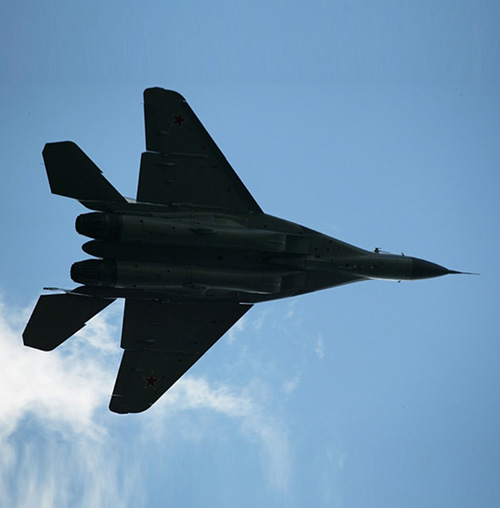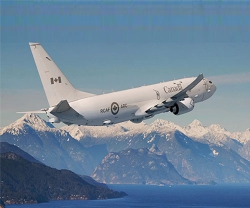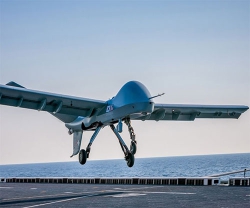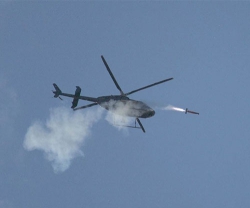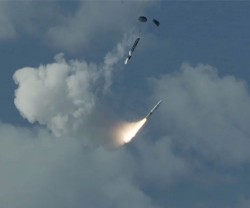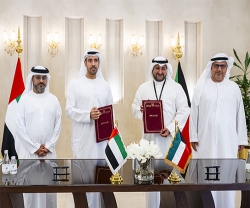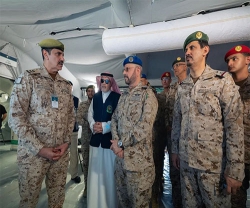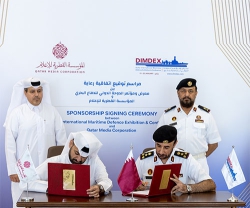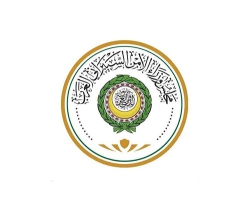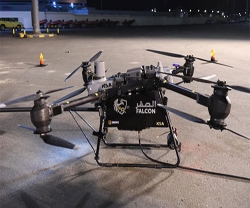Russian Aerospace Forces will receive four MiG-35 4++ generation multirole jet fighters later this year, a source in the aviation industry told TASS.
“According to the contract signed in August 2018, two MiG-35UB (combat trainer version) were manufactured and delivered last year. Four MiG-35S (serial version) will be handed over to the Aerospace Forces in 2019,” the source said.
TASS has been unable to officially confirm the information at the time of the publication.
The start of flight trials and the international presentation of the aircraft took place in January 2017. The manufacturer’s trials were completed in December 2017.
MiG Corporation CEO Ilya Tarasernko said in late November 2018 that the first batch of Mig-35 fighter jets has entered the final stages of construction and will be handed over to the Aerospace Forces shortly. He also said that the company’s production capacities allow to produce 36 MiG-35 annually due to a new digital production system.
MiG-35 and its two-seater option MiG-35D are designed to destroy air, moving and stationary ground and surface targets in any climate and weather. The two-seater can be used as a training aircraft. The construction is borrowed from multirole shipborne MiG-29K/KUB and MiG-29M/M2. It is distinguished by a bigger payload on nine suspensions, increased fuel reserve, air refueling possibility and a possibility to use the jet as a tanker. The glider is corrosion resistant. MiG-35 has a decreased signature. Normal takeoff weight is 19200 kg, MiG-35D - 19000 kg, maximum takeoff weight is 24500 kg for both options.
Maximum altitude speed is 2100 km/h and 1400 km/h at the ground. Practical ceiling is 16000 meters. One-seater MiG-35 with air-to-air missiles and three suspended fuel tanks has a radius of 1000-1400 km depending on the arms and flight altitude. Two-seater MiG-35D with air-to-air missiles and three suspended fuel tanks has a range of 900-1300 km, with air-to-surface missiles and three fuel tanks - 750-1050 km. Maximum overload for both options is 9G.

